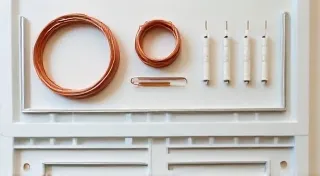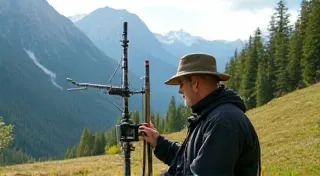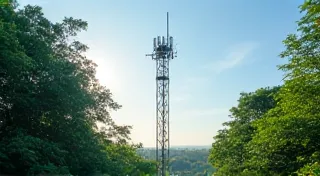Building a Longwire Antenna: Simple and Effective
The longwire antenna is a classic choice for amateur radio operators, and for good reason. It’s remarkably simple to build, relatively inexpensive, and can provide surprisingly good performance across a wide range of frequencies. This guide will walk you through everything you need to know to build your own longwire antenna.
What is a Longwire Antenna?
A longwire antenna is, as the name suggests, a long, straight wire that acts as a radiating element. Unlike balanced antennas like dipoles, longwires are inherently unbalanced. They’re typically fed with a coaxial cable, and require a matching network (more on that later) to efficiently transfer power from the transceiver to the antenna.
Why Build a Longwire?
- Simplicity: No complicated construction techniques are needed.
- Cost-Effective: You can build one with readily available materials.
- Wideband Performance: A properly constructed longwire can cover a significant portion of the HF bands.
- Versatility: Can be used for receiving and transmitting.
- Space Efficient (relatively): While "long," a longwire can often be strung between existing structures, requiring less dedicated space than some other antenna designs.
Materials You'll Need
- Wire: Approximately 100-200 feet of insulated wire (14-18 AWG is common). Aluminum or copper wire will work.
- Coaxial Cable: 50 Ohm coaxial cable (RG-8X, RG-58, or RG-213 are good choices, depending on your power level and operating frequencies).
- Connector: A connector to match your coaxial cable to your transceiver (usually a PL-259).
- Insulators: Several insulators to support the wire at various points along its length. These can be ceramic, plastic, or even glass.
- Binding Posts/Terminal Blocks: To facilitate easy connections.
- Hardware: Rope, clamps, or other hardware to securely attach the insulators and wire.

Construction Steps
- Choose a Location: The longer the antenna, the better its performance. Ideal locations are open spaces, free from obstructions like buildings and trees. Aim for at least a wavelength (around 66 feet for 40 meters) of wire length.
- Prepare the Wire: Cut the wire to the desired length.
- Attach Insulators: Securely attach insulators to the wire at intervals to support it. This prevents the wire from sagging and minimizes losses.
- Run the Coaxial Cable: Carefully run the coaxial cable from the antenna to your radio shack. Ensure the cable is protected from weather and physical damage.
- Matching Network (Crucial!): Longwire antennas are unbalanced and require a matching network to match the antenna's impedance to the transceiver's impedance (typically 50 ohms). This can be a simple tuner, a commercially available matching unit, or a carefully designed circuit. Without proper matching, you’re losing power and potentially damaging your transceiver.
- Grounding: Proper grounding is essential for safety and performance. Connect a good ground rod or other grounding system to the antenna system.
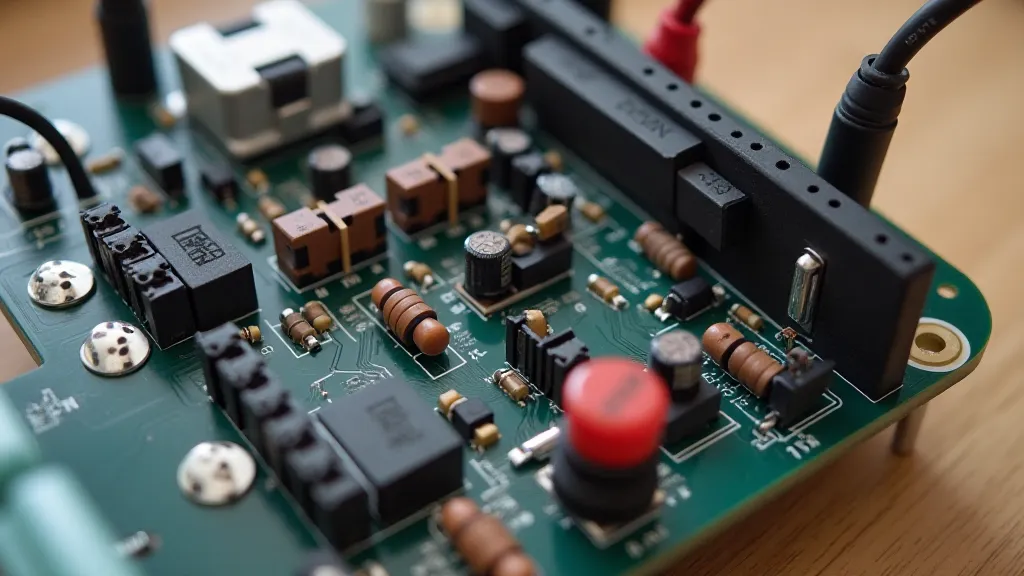
Tuning and Performance
After construction, you'll need to tune the antenna. A tuner will help to minimize reflected power and optimize the SWR. Experiment with the antenna length and the matching network settings to find the best performance on your desired frequencies. The signal strength and coverage will depend on the antenna’s length, location, and the local propagation conditions.
Safety Precautions
- Lightning Protection: Always disconnect the antenna during thunderstorms.
- Power Lines: Keep the antenna well away from power lines.
- Grounding: Ensure proper grounding to prevent electrical shock.
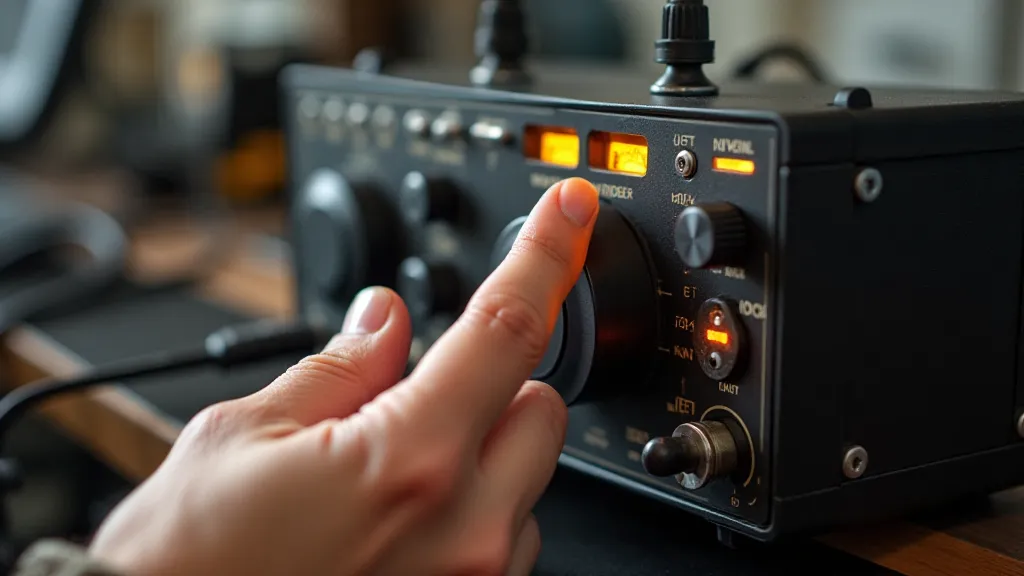
Building a longwire antenna is a rewarding project for any amateur radio enthusiast. Its simplicity and effectiveness make it a great choice for beginners and experienced operators alike. With a little effort, you can enjoy improved communication and expanded horizons in the world of radio!

